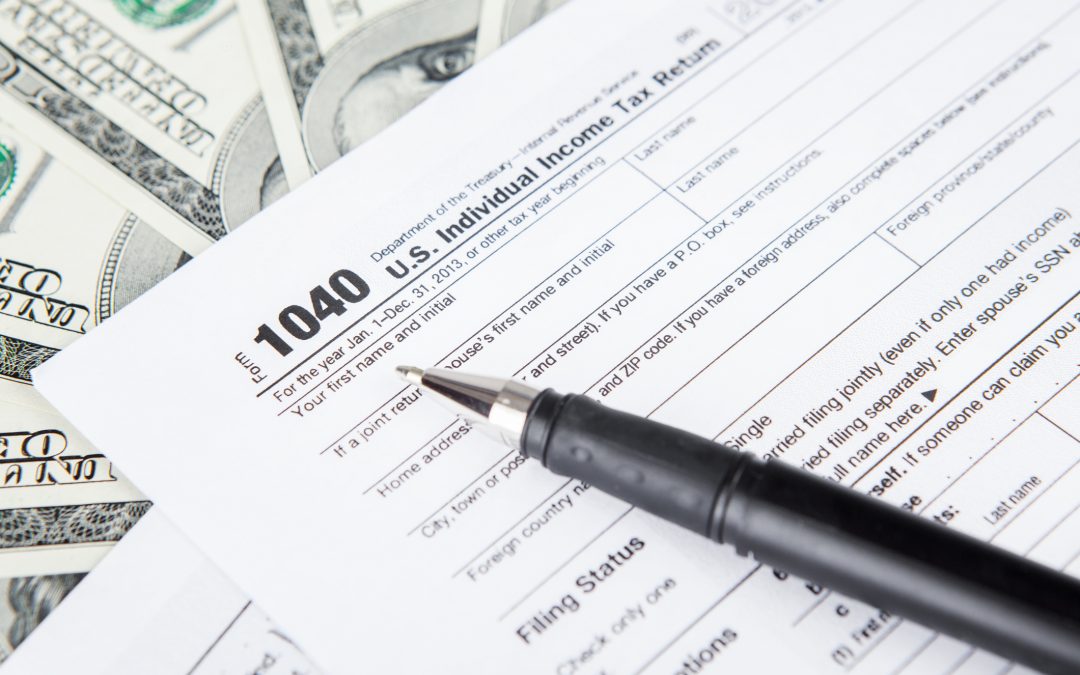I am asked this question more times each year than I care to admit.
The short answer is exactly what you gave. That is, up to 50% of your adjusted gross income. Any excess over the 50% limit can be carried forward to next year. So it really may not be lost.
Now let me better address the original question. Many taxpayers have been ill-advised that the government “allows” some certain amount. An amount everyone can claim on their Schedule A whether or not they have receipts or even contributed at all. The “Standard Deduction” (claimed in lieu of the total of itemize deductions) is the only deduction designed to be given to you whether you really spent the money or not.
Small contributions can add up.
It is wise to keep track of all the small contributions you make during the year. $5 here $10 there, they all add up. You may be surprised just how much you have given one small amount at a time. The only support you need for these small contributions is a written receipt or your canceled checks. Even Boy Scout popcorn, Girl Scout cookies and similar products can count. But the only portion of these costs that is deductible as a contribution is the excess of the amount paid, over and above the fair value of the product you received.
Large Contributions require a letter.
For any single contribution exceeding $250, you must have a written statement from the charity outlining the contribution, the amount of any goods or services you received and the net amount of the charitable contribution. Your canceled checks will not work for these contributions. Please note that if you have canceled checks for a weekly contribution to your Church of $50 totaling $2,600 for the year. The canceled checks are sufficient support for the deduction. In that example, none of the actual contributions exceed the $125 threshold. Most churches, however, do send out a letter of support each year. In fact, most charities now provide contribution statements to their donors to help with their annual tax filings.
Clean out the closet.
Non-cash contributions can also be very helpful. Although they carry separate guidelines of their own, this is another viable source of often overlooked deductions. Simply put, keep receipts and lists of items given. Then attach fair values to them. But remember, you’re CPA or tax preparer cannot make the value judgment for you. You have to make that call.
Make the most of the non-cash contributions.
If you invest the time, it can pay off in increased deductions. Sure most people go with a standard goodwill receipt and attach something like $50 per bag for clothes given. That’s ok. If challenged, it will most likely hold up. If you are willing to put some thought and time into it, however, you may greatly increase the amount of your non-cash charitable deduction claim. Keep a detailed written listing of each of the clothing items and other household items you are donating. Where possible, have the charity not only provide their standard receipt, but also acknowledge the contribution on your list. Then use a reference like the Salvation Army, Goodwill, “It’s Deductible.com” or other free sources to obtain fair values for each item given. Total it all up and in most cases, you will arrive at a much higher value than simply counting the number of bags of clothing given.
In closing, please remember that:
- There is no automatic “allowed” amount for charitable contributions.
- You, or an independent appraiser, must determine the values for your non-cash contributions. Your CPA usually will not do that for you.
- If your itemized deductions do not exceed the standard deduction, your detail contribution records will not improve the outcome of your tax returns.



